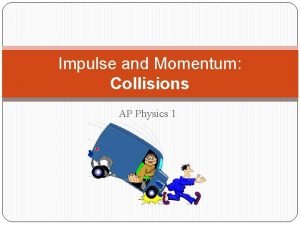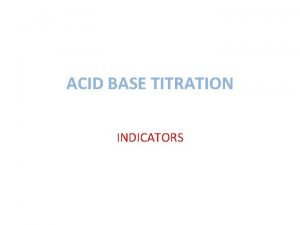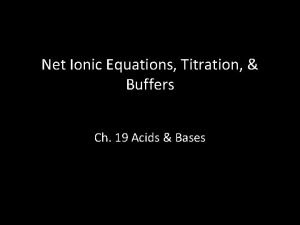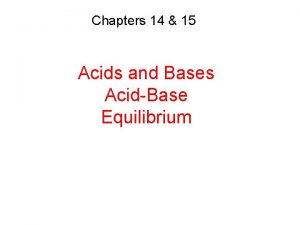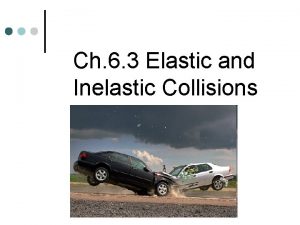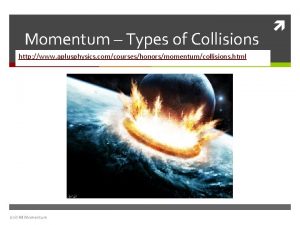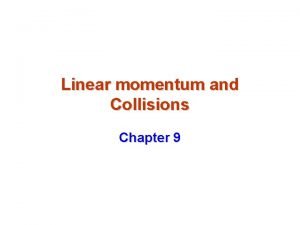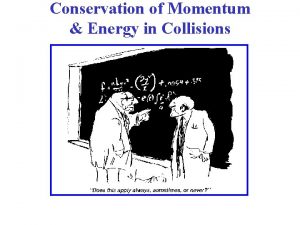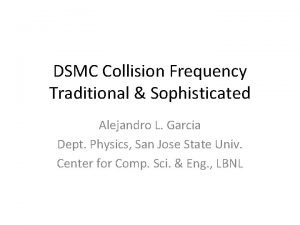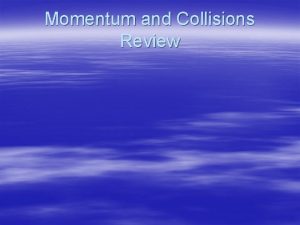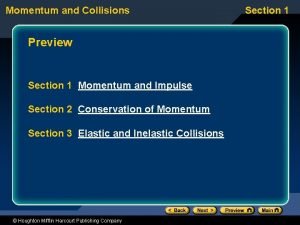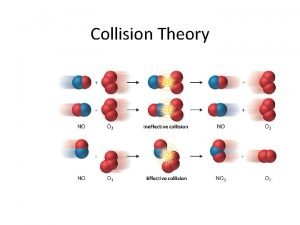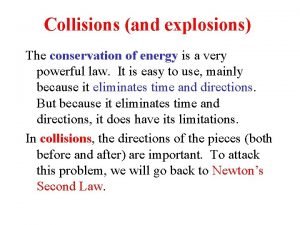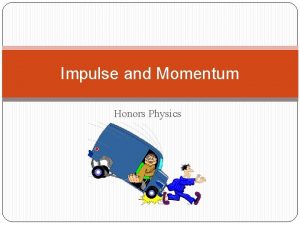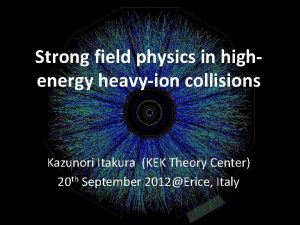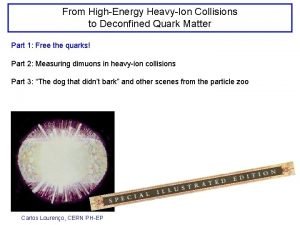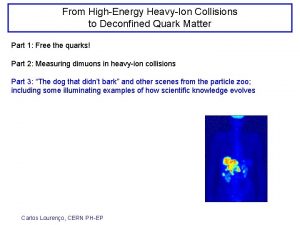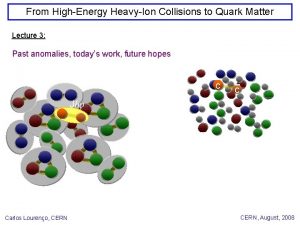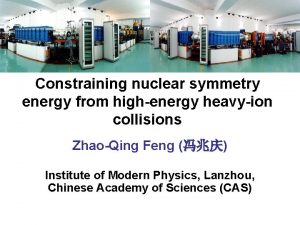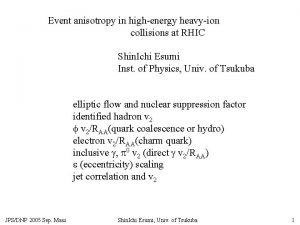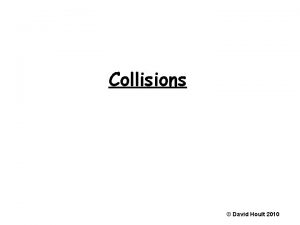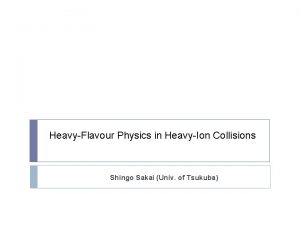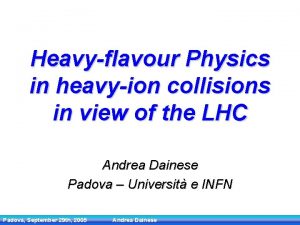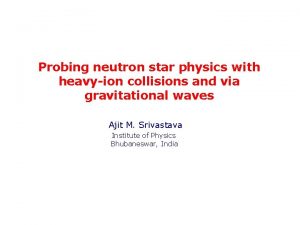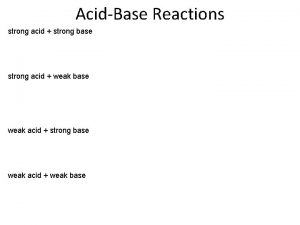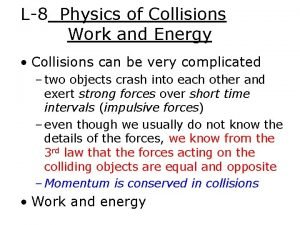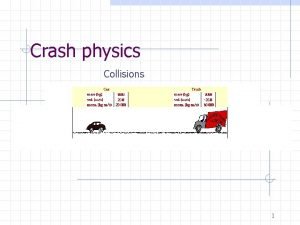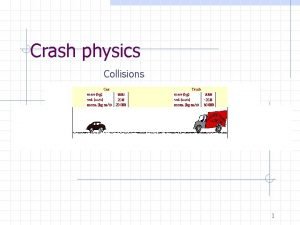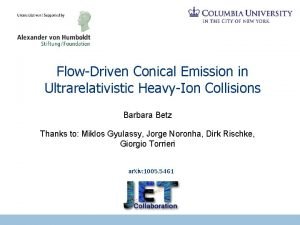Strong field physics in highenergy heavyion collisions Kazunori



















![Neutral pions in strong B Hattori , KI, Ozaki, ar. Xiv: 1305. 7224[hep-ph] • Neutral pions in strong B Hattori , KI, Ozaki, ar. Xiv: 1305. 7224[hep-ph] •](https://slidetodoc.com/presentation_image_h/cd2ca8f24f23b03c14633d3f45b7c128/image-20.jpg)




- Slides: 24

Strong field physics in high-energy heavy-ion collisions Kazunori Itakura (Theory Center, KEK) Heavy Ion Meeting July 18 th 2013 @ Orsay

Plan • Introduction what is strong field physics? why relevant for HIC? strong magnetic field in heavy-ion collisions • Photons in strong B Hattori-Itakura AP 330, 334 (2013) vacuum birefringence and decay into e+e- pair photon’s HBT interferometry in HIC • Neutral pions in strong B new decay mode : p 0 +B e+e- “Bee decay” photon conversion into p 0 in strong B • Summary Hattori-Itakura-Ozaki, ar. Xiv: 1305. 7224

What is strong field physics? • Characteristic phenomena that occur under strong gauge fields (EM fields and Yang-Mills fields) • Typically, weak-coupling but non-perturbative ex) electron propagator in a strong magnetic field Schwinger’s critical field must be resummed when B >> Bc “Nonlinear QED effects” • A new interdisciplinary field: involving high-intensity LASER physics, hadron physics (heavy-ion physics), condensed matter physics (exciton), astrophysics (neutron stars, magnetars, early universe)

Physics in Intense Fields @ DESY • Second meeting on strong field physics (successor of the previous meeting PIF 2010 held in KEK) • Discussed various topics including - Double Compton scattering - Vacuum birefringence - Schwinger mech. and real threshold? dynamically assisted Schwinger mechanism - QED cascading, etc All of these topics will be important also in heavy-ion collisions.

Little Bang After a finite short time, Quark-Gluon Plasma (QGP) is created as a local equilibrium state ``Early thermalization” problem How is it possible to thermalize in such a short period? ? What happens in early time stages? ? Original figure by P. Sorensen ar. Xiv: 0905. 0174

Why is it important in HIC? • Strong EM/YM fields appear in the very early time of heavy-ion collisions. In other words, the fields are strongest in the early time stages. • Indispensable for understanding the early-time dynamics in heavy-ion collisions strong YM fields (glasma) thermalization (not for today) strong EM fields probe of early-time dynamics “Strong field physics” occurs only under strong fields. It must carry the information of the early time stages!!!

Strong magnetic fields in HICs • Non-central HICs at RHIC and LHC provide STRONGEST magnetic fields. Kharzeev, Mc. Lerran, Warringa (2008) At RHIC Strong Au-Au collisions at B field max RHIC (200 AGe. V) e. B (Me. V 2) 104 Event-by-event analysis, Deng, Huang (2012) Au-Au 200 AGe. V b=10 fm ~ 1 – 10 mp >> me 140 Me. V 0. 5 Me. V e. B/me 2 b~ O(105) t=0, O(102 -3) t~0. 6 fm e. B/mu 2 ~ O(103) t=0, O(100 -1) t~0. 6 fm for u quark mu ~ 2 Me. V Even at (fm/c) LHC Time larger after collision • Decay very fast: Strong field physics will be most prominent in very early time! (though the fields are still strong enough even at QGP formation time)

We discuss • Novel properties of photons and neutral pions in strong magnetic fields • Possible observable effects in HICs • HICs create many photons and neutral pions. • Both are charge neutral But can be affected through fermion (quark or electron) one loop.

Photons in strong B B q z Dressed fermion in external B • Properties of a photon propagating in a magnetic field vacuum polarization tensor Pmn(q, B) • Old but new problem [Weisskopf 1936, Baier-Breitenlohner 1967, Narozhnyi 1968, Adler 1971] - Polarization tensor Pmn(q, B) has been known in integral form - Analytic representation obtained very recently [Hattori-Itakura 2013]

Magnetic vacuum as a media Propagating photon in strong magnetic field = probing magnetic vacuum “polarized” by external fields ~ photon couples to virtual excitation of vacuum (cf: exciton-polariton) B dependent anisotropic response of a fermion (Landau levels) - discretized transverse vs unchanged longitudinal motion Two different refractive indices : VACUUM BIREFRINGENCE - energy conservation gets modified Pol. Tensor can have imaginary part : PHOTON DECAY INTO e+e- PAIR (lots of astrophysical applications) present only in external fields II parallel to B transverse to B T

Vacuum birefringence • Maxwell eq. with the polarization tensor : • Dispersion relation of two physical modes gets modified Two refractive indices : “Birefringence” B 1. Compute c 0 , c 1 , c 2 analytically at the one-loop level Hattori-Itakura Ann. Phys. 330 (2013) 2. Solve them self-consistently w. r. t n in LLL approx. Hattori-Itakura Ann. Phys. 334 (2013) z qm g x

Analytic representation of Pmn(q, B) Representation in double integral w. r. t. proper times corresponding to two propagators

Indeed, a recent review says, , ar. Xiv: 1111. 5984

Analytic representation of Pmn(q, B) • Infinite summation w. r. t. n and l = summation over two Landau levels • Numerically confirmed by Ishikawa, et al. ar. Xiv: 1304. 3655 [hep-ph] • couldn’t find the same results starting from propagators with Landau level decomposition

Refractive index • Need to self-consistently solve the equation (effects of back-reaction) • Use LLL solution for simplicity q B/Bc = 500 (magnetar) B • Refractive index n|| deviates from 1 and increases with increasing w cf: air n = 1. 0003, water n = 1. 333 • New branch at high energy is accompanied by an imaginary part decay into an e+e- pair

Decay length Amplitude of an incident photon decays exponentially characterized by the decay length Surviving length ~ life time Very short length relevant for magnetars

Real part B Angle dependence Photon mom. direction Real part of n Imaginary part No imaginary part

Consequences in HIC • Generates elliptic flow (v 2) and higher harmonics (vn) (at low momentum region) • Distorted photon ``HBT image” Based on a simple toy model with moderate modification Hattori & KI, ar. Xiv: 1206. 3022 • Photons emitted at early time will be affected • Magnification (lensing) and distortion

Neutral pion decay • Chiral anomaly induces p 0 decay through triangle diagram Dominant (98. 798 % in vacuum) 99. 996 % Dalitz decay (1. 198 % in vacuum) NLO contribution • Adler-Bardeen’s theorem There is no radiative correction to the triangle diagram Triangle diagram gives the exact result in all-order perturbation theory only two photons can couple to p 0
![Neutral pions in strong B Hattori KI Ozaki ar Xiv 1305 7224hepph Neutral pions in strong B Hattori , KI, Ozaki, ar. Xiv: 1305. 7224[hep-ph] •](https://slidetodoc.com/presentation_image_h/cd2ca8f24f23b03c14633d3f45b7c128/image-20.jpg)
Neutral pions in strong B Hattori , KI, Ozaki, ar. Xiv: 1305. 7224[hep-ph] • There is only one diagram for a constant external field to be attached e+ g* p 0 B e- cf: axion (very light, but small coupling) p 0+B e+e“Bee” decay • Also implies -- conversion into g with space-time varying B -- Primakoff process* (g* + B p 0 ): important in HIC -- mixing of p 0 and g * observed in nuclear Coulomb field

Decay rates of three modes Solid : “Bee” decay Dashed: 2 g decay Dotted : Dalitz decay Bp =B/mp 2 Mean lifetime Magnetar Heavy Ion Collision Picometer femtometer Energetic pions created in cosmic ray reactions will be affected

g conversion into 0 p in HICs create many high energy gs as well as g*s (decaying into dileptons) nucleus g/g* nucleus Gluon Compton scattering in LO Some of g* will convert into p 0 in strong B, inducing reduction of dilepton yield Conversion rate is strongest in perpendicular direction to B negative elliptic flow of dileptons mostly dileptons B Reaction zone some of them convert into p 0 LHC (less dileptons) RHIC • p 0 will get positive v 2 but difficult to see • Depends on time profile of B fields

Summary • Strong field physics can in principle provide useful information on early-time dynamics of HIC. • Photons and neutral pions exhibit interesting phenomena in strong magnetic fields. • Photons show birefringence and can decay into e+e- pairs. We obtained analytic representation of the polarization tensor and computed refractive indices. • Chiral anomaly suggests that neutral pions can decay into e+ewithout an accompanying photon, which becomes the dominant decay mode in strong magnetic fields. • Conversion of a virtual photon into a neutral pion is also possible and can be seen as negative elliptic flow of dileptons in heavy-ion collisions.

How strong? 1 Tesla = 104 Gauss 1017— 1018 Gauss e. B ~ 1 – 10 mp: Noncentral heavy-ion coll. at RHIC and LHC Also strong Yang-Mills 1015 Gauss : fields g. B ~ 1– a few Ge. V Magnetars 4 x 1013 Gauss : “Critical” magnetic field of electrons e. Bc= me = 0. 5 Me. V 45 Tesla : strongest 8 Tesla=1012 Gauss: 10 steady magnetic field Typical neutron star (High Mag. Field. Lab. In Florida) surface 8. 3 Tesla : Superconducting magnets in LHC Super critical magnetic field may have existed in very early Universe. Maybe after EW phase transition? (cf: Vachaspati ’ 91)
 Kazunori kataoka
Kazunori kataoka Be strong be strong be strong in the lord
Be strong be strong be strong in the lord Law of impulse
Law of impulse Acid base titration curves
Acid base titration curves Difference between strong and weak acids
Difference between strong and weak acids Weak acid and weak base
Weak acid and weak base Mgkp
Mgkp Neutralization equation
Neutralization equation How to remember strong acids and strong bases
How to remember strong acids and strong bases Elastic potential energy real world examples
Elastic potential energy real world examples Types of collisions/ impulse graphs answer key
Types of collisions/ impulse graphs answer key Elastic collision formula
Elastic collision formula Elastic collision video
Elastic collision video Completely inelastic collision
Completely inelastic collision Collisions
Collisions A roller coaster climbs up a hill at 4m/s and then
A roller coaster climbs up a hill at 4m/s and then Collisions
Collisions Linear momentum and collisions
Linear momentum and collisions Momentum is conserved in all collisions
Momentum is conserved in all collisions Energy diagram
Energy diagram Elastic vs inelastic collision
Elastic vs inelastic collision To avoid collisions a defensive driver should
To avoid collisions a defensive driver should Collisions and explosions
Collisions and explosions Types of collisons
Types of collisons What are five reasons expressways have fewer collisions
What are five reasons expressways have fewer collisions


